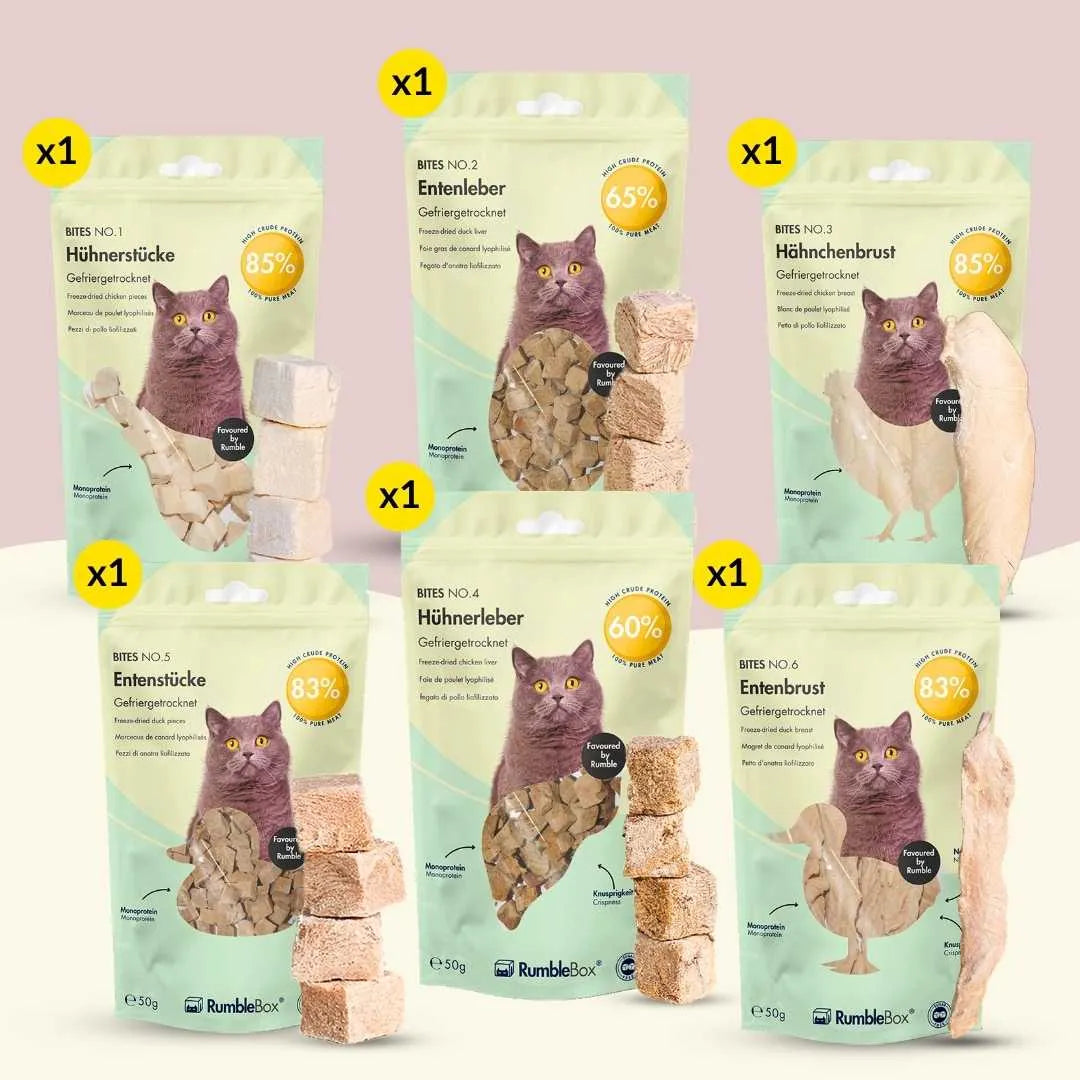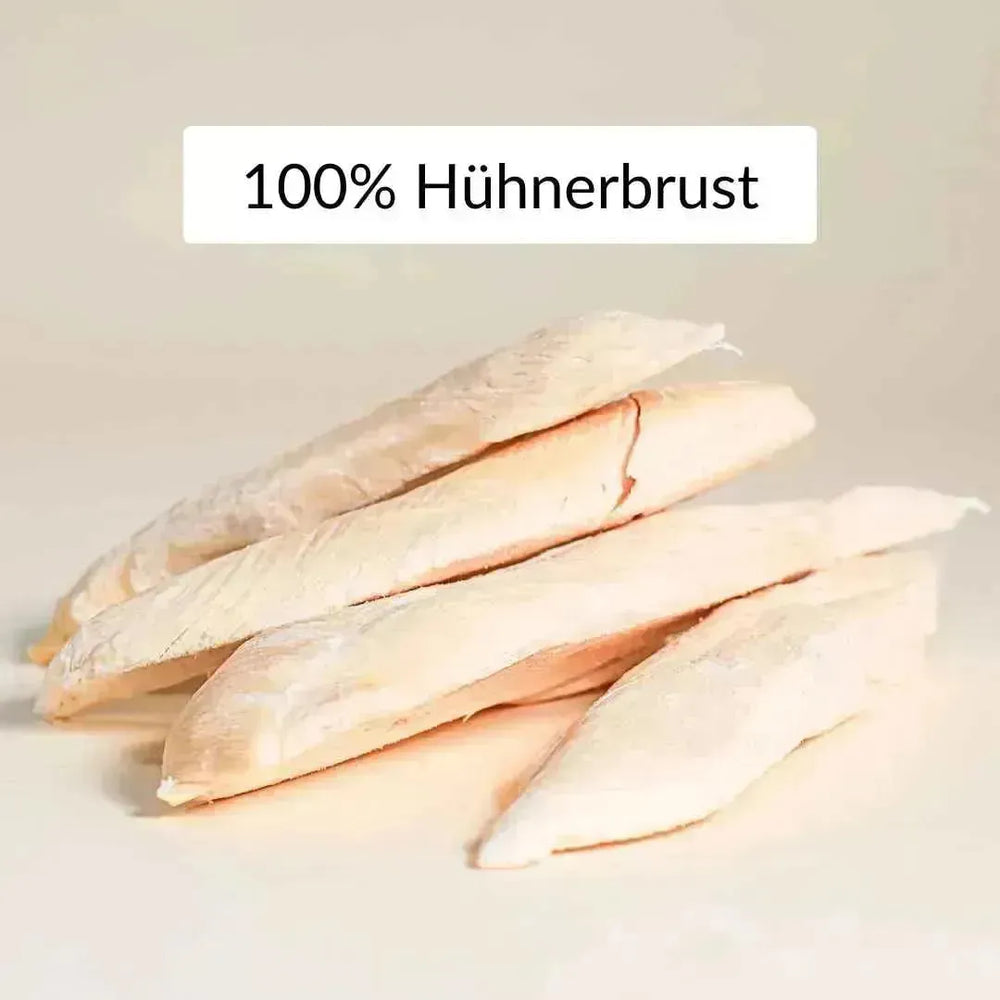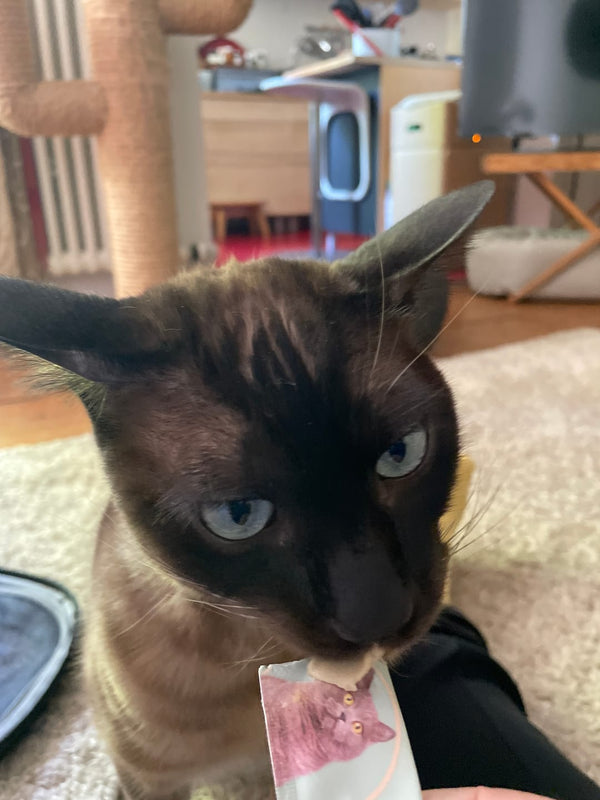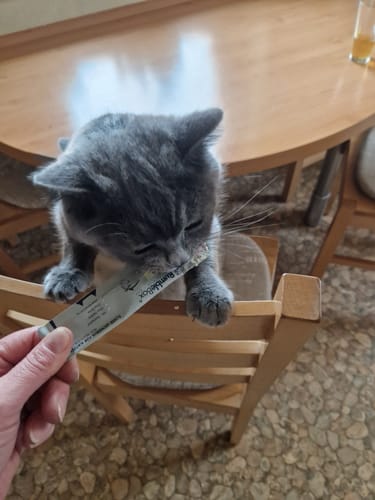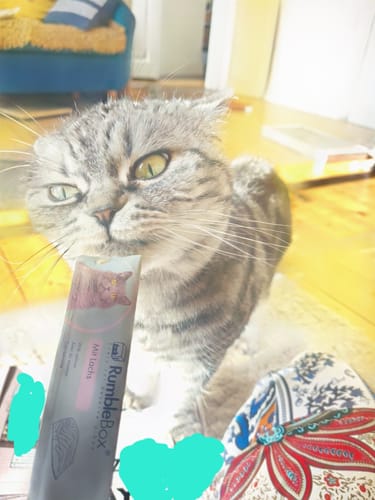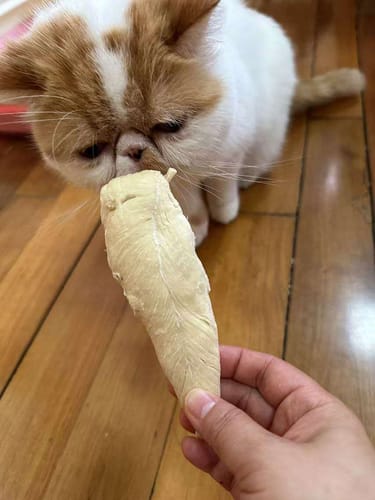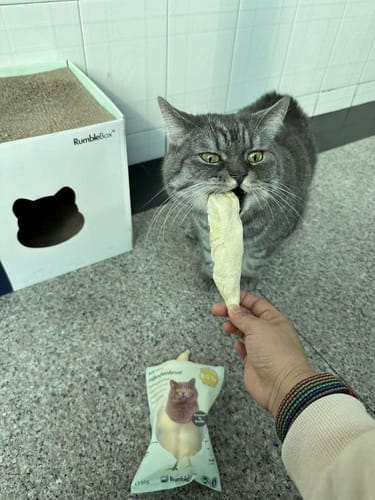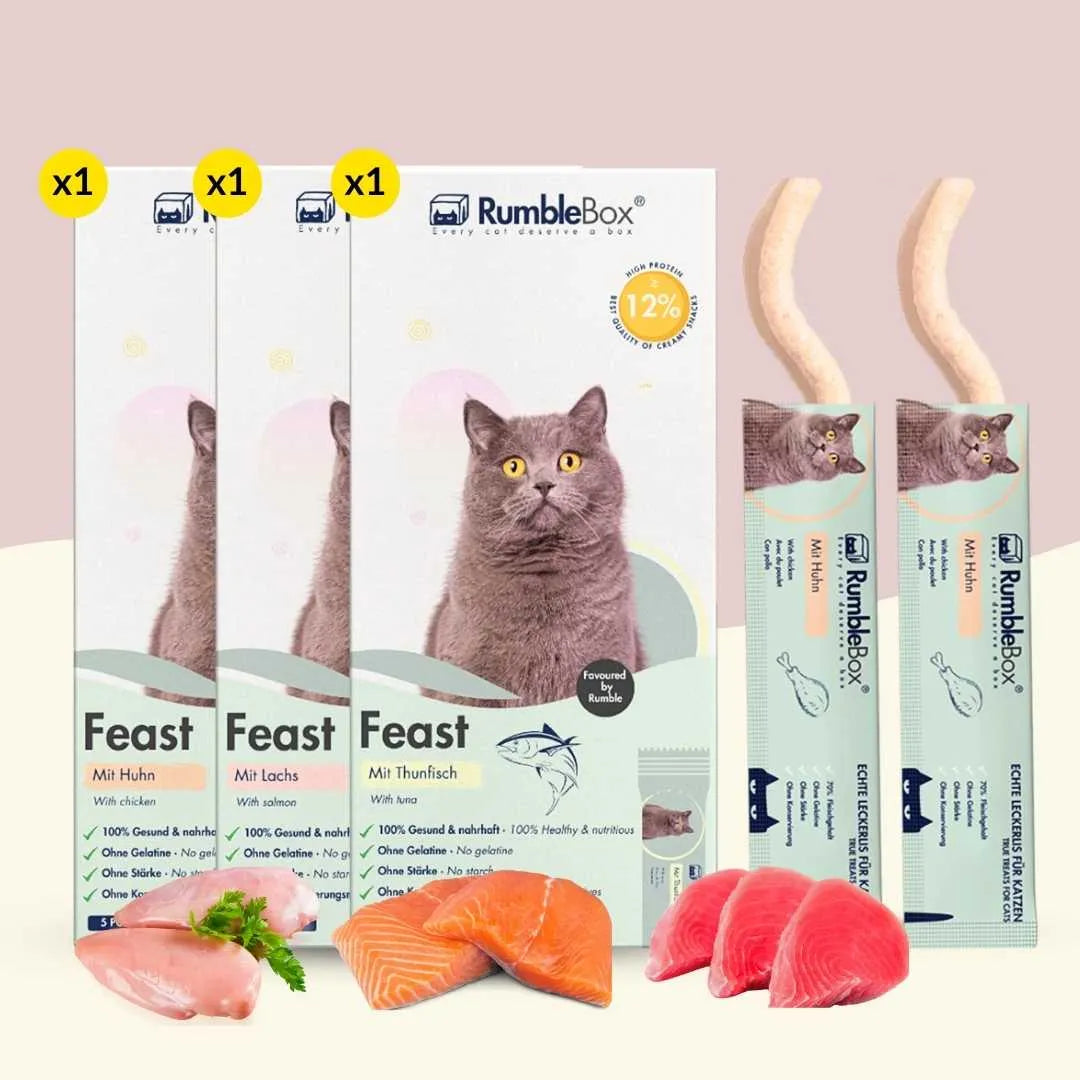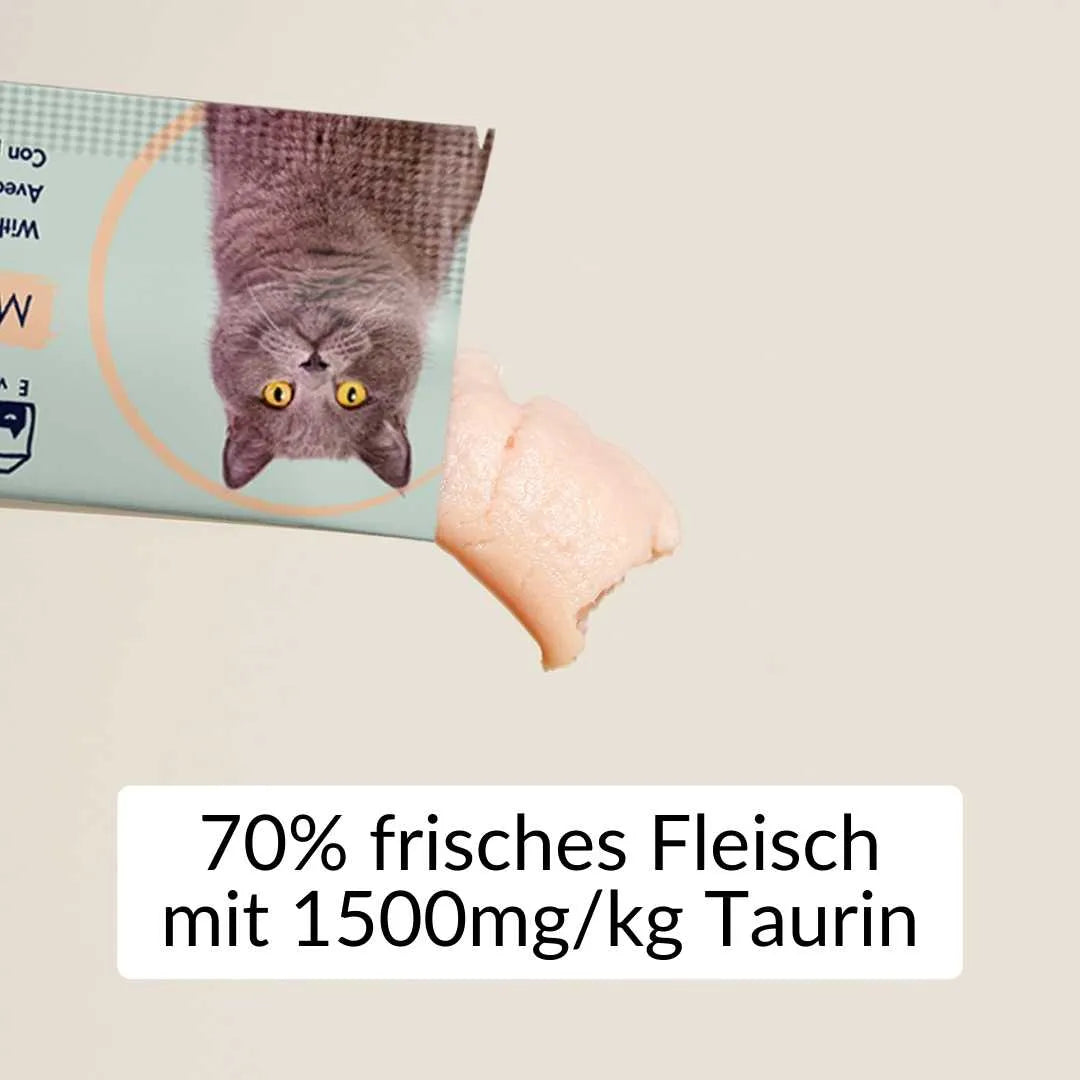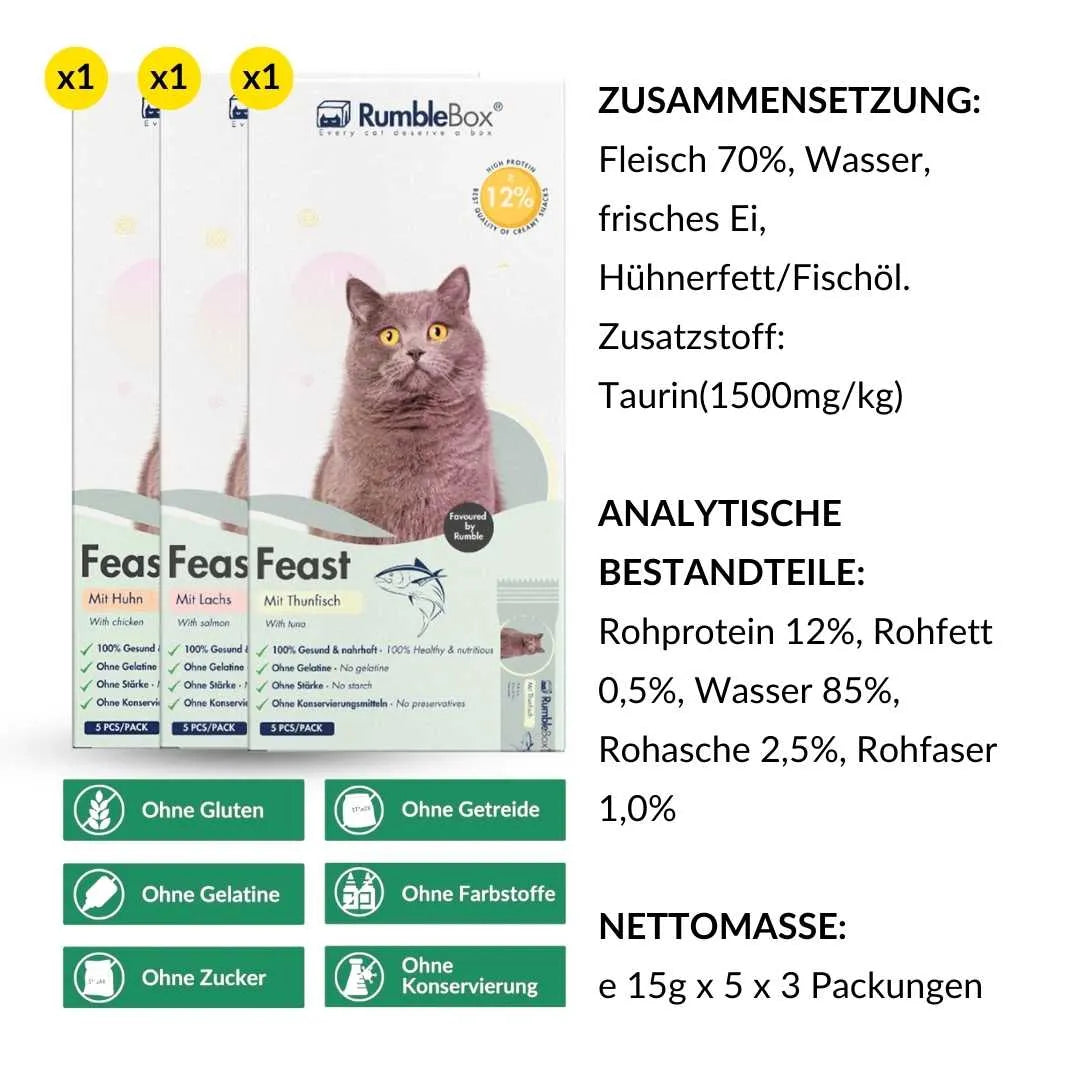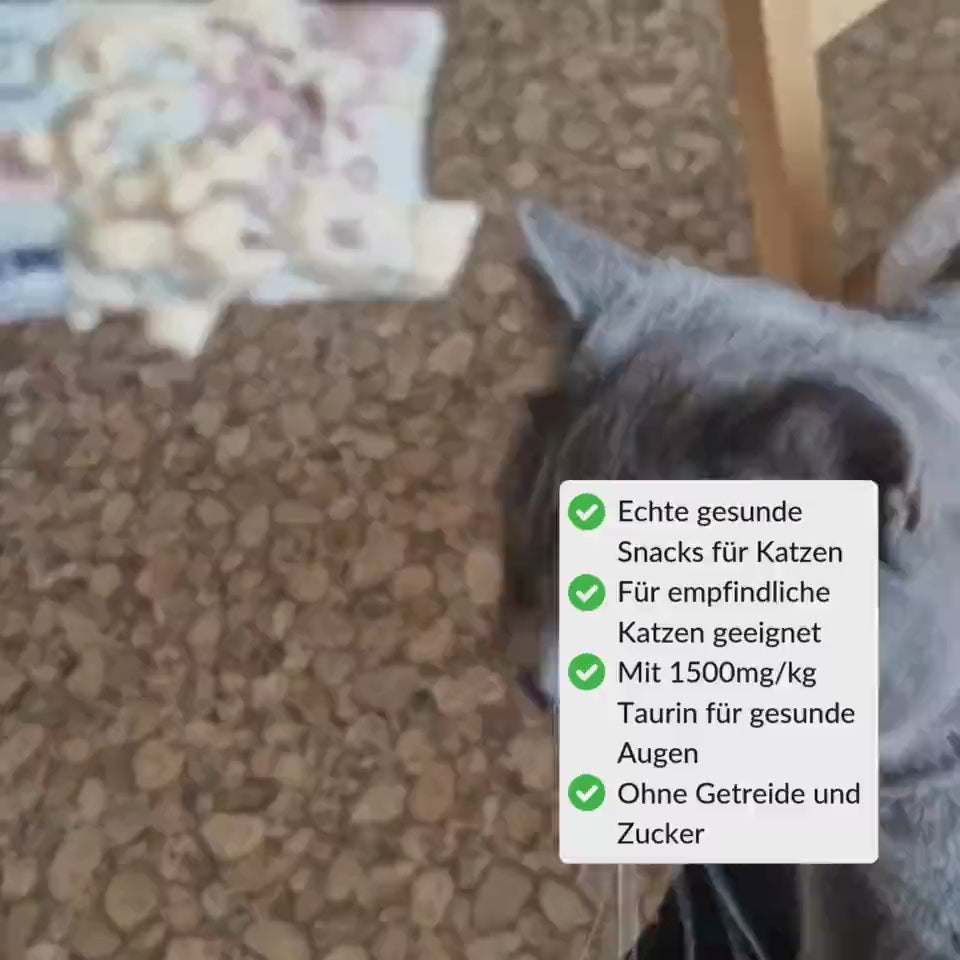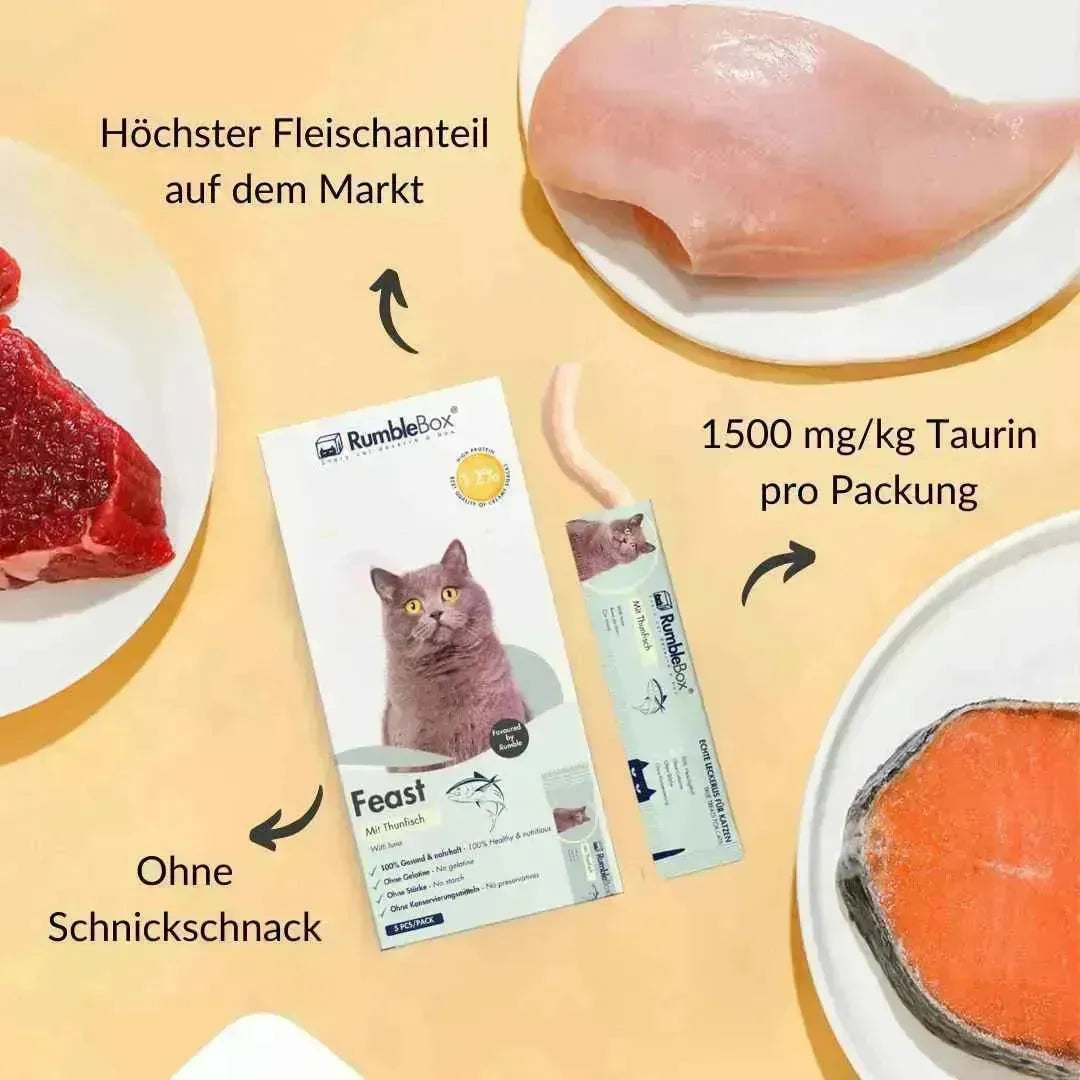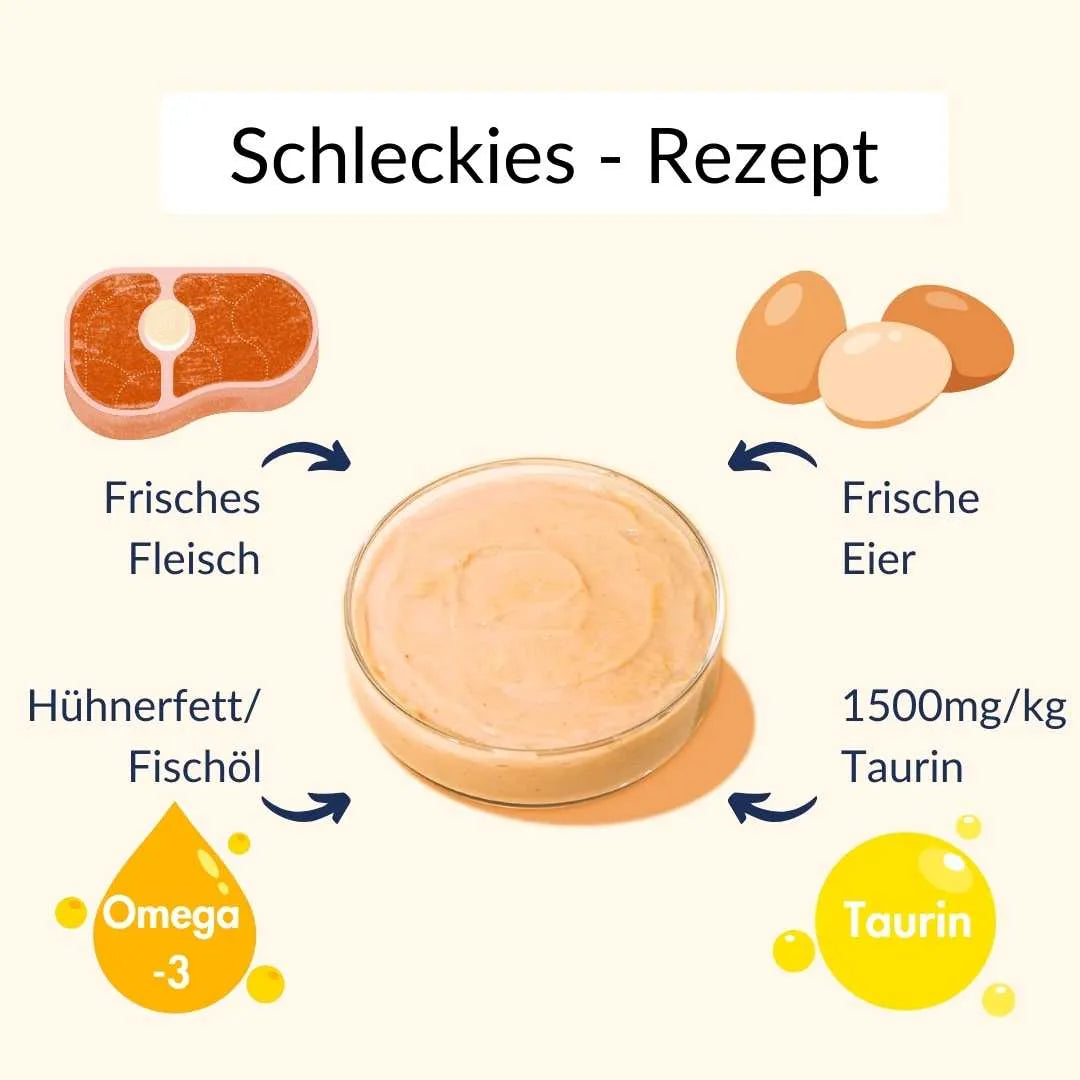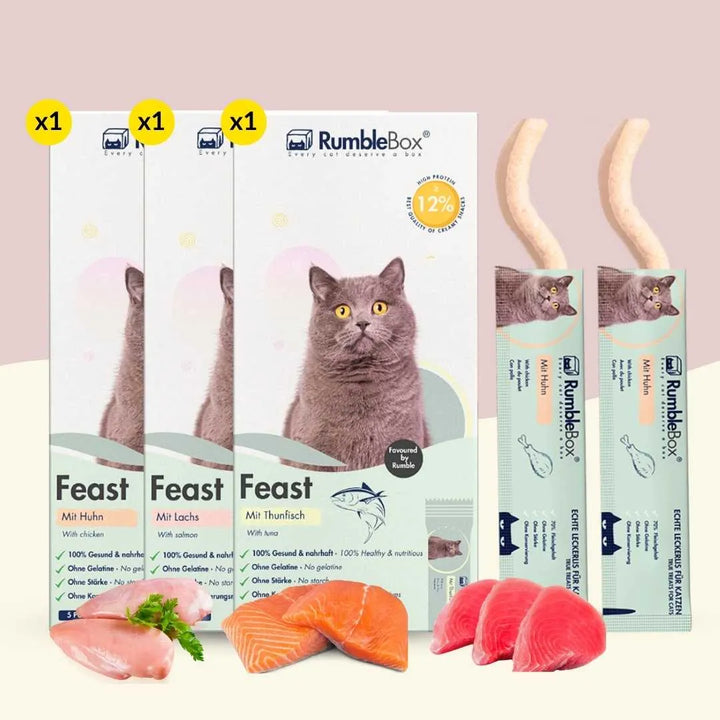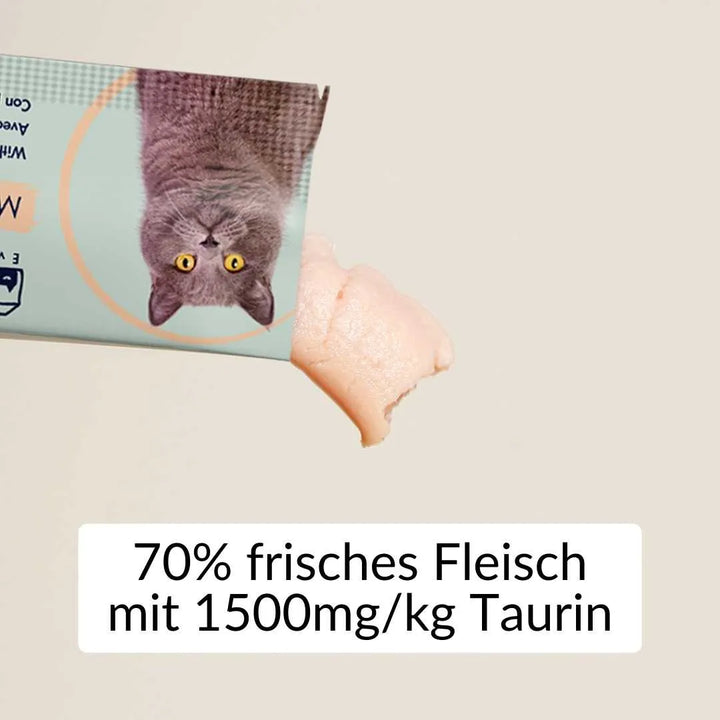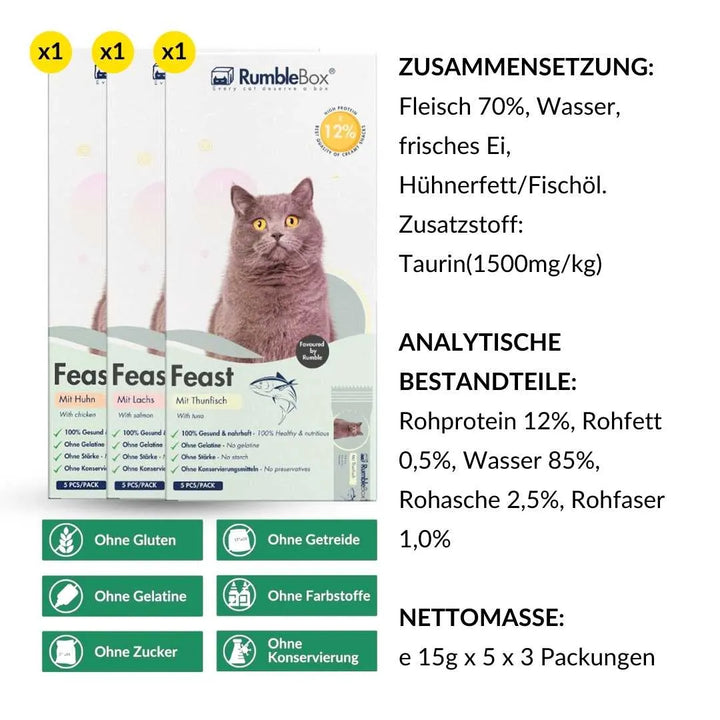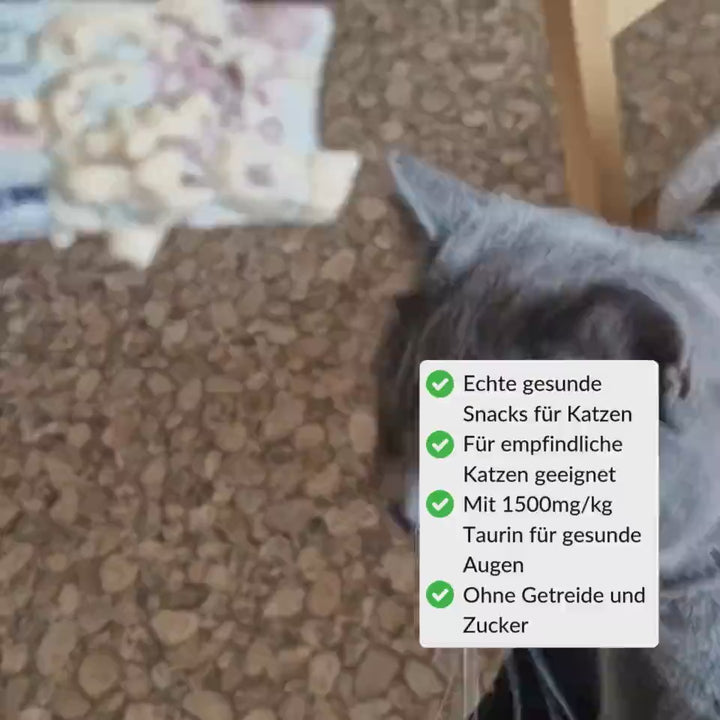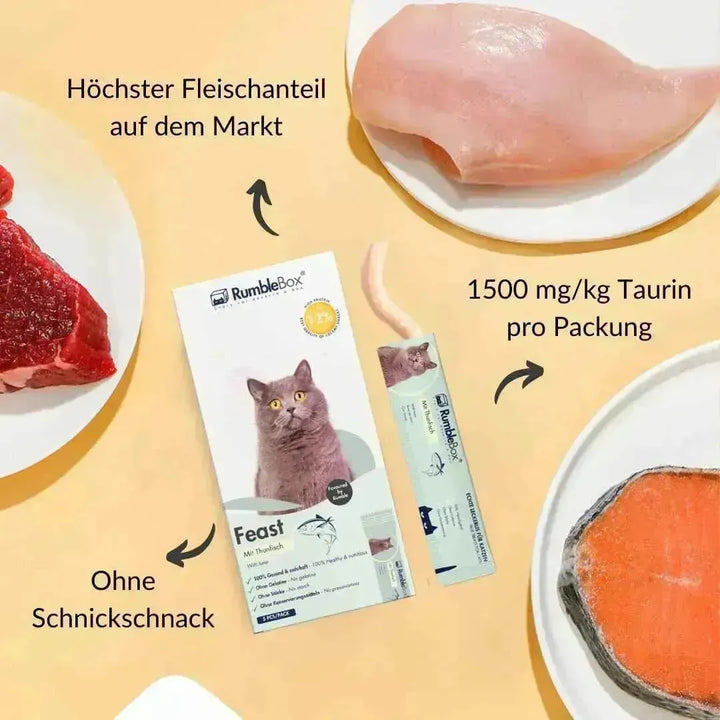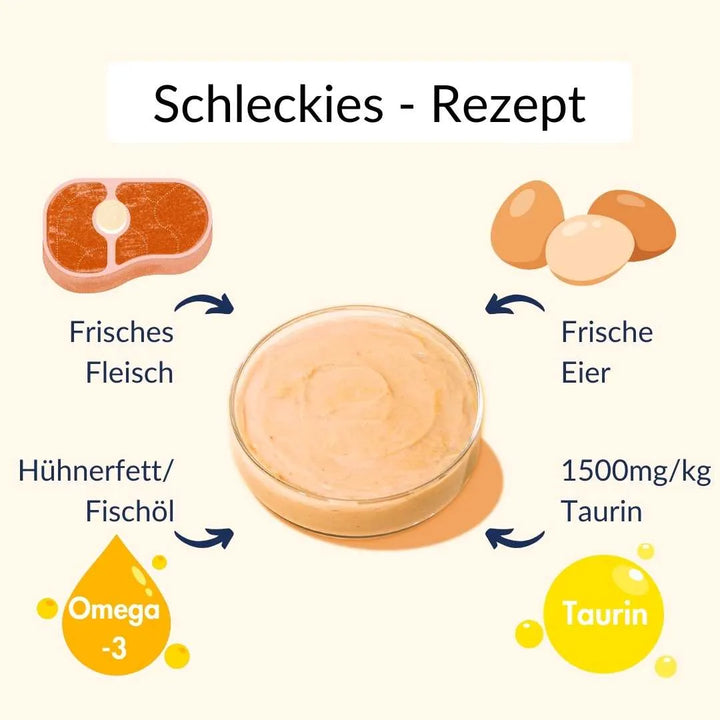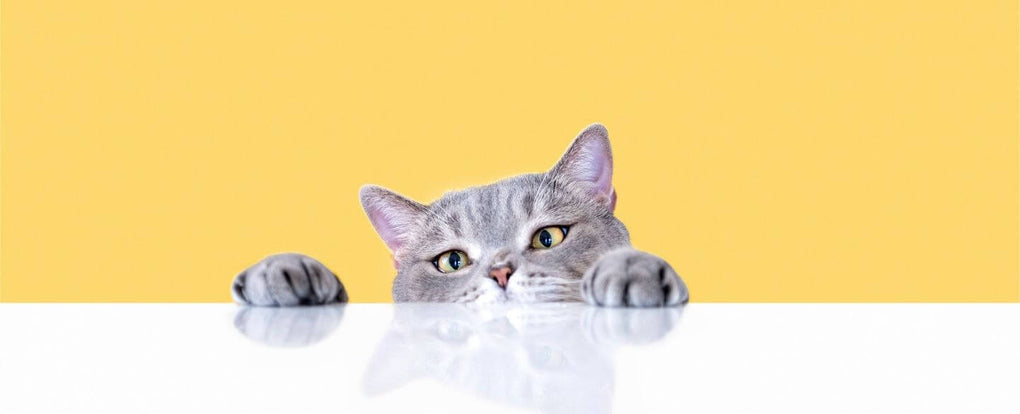Why is my cat scratching itself? Recognizing autumn grass mites
Autumn grass mites – what exactly are they?
Autumn grass mites (Neotrombicula autumnalis) belong to the mite family. They are particularly active between July and November and live in tall grasses and bushes. The autumn grass mite larvae are particularly problematic because they require a host to develop.
Life cycle of the autumn grass mite:
- The adult mite lives in the soil and is harmless to animals and humans.
- In late summer, the mites lay eggs from which larvae hatch.
- These larvae actively search for hosts such as cats, dogs or humans to feed on tissue fluid.
- They bite into the uppermost layers of skin , cause redness and severe itching, and fall off after a few days.

Why do autumn grass mites appear particularly in autumn?
Autumn grass mites love moist and warm conditions, making late summer and autumn ideal for their reproduction. The larvae are particularly active when:
- The temperatures are between 15 and 25 °C.
- There are moist soils, e.g. in gardens or meadows with tall grass.
- Cats roam through such areas, increasing the risk of infestation.
How do you know if your cat is infested with autumn mites?
Symptoms of an infestation with autumn grass mites:
1. Severe itching : Your cat constantly scratches and often licks the affected areas.
2. Orange dots : Small orange dots can be seen on the skin, but sometimes they can be so small that they are overlooked.
3. Affected bodies :
- Between the toes
- On the stomach and chest
- Around the ears or on the snout
Allergic reactions : Sensitive cats may experience swelling, redness, and small nodules.

How do you treat autumn mites in your cat?
1. Cleaning the affected areas
- Use a damp cloth to carefully remove the larvae from the skin.
For more precise cleaning we recommend our cleaning glove - Effectively removes dirt and mite larvae.
- Soothes the skin through gentle massage.
- Particularly suitable for sensitive areas such as paws or ears.
2. Application of spot-ons
-
Spot-on products are a proven method for controlling grass mites.
- Your veterinarian can prescribe a suitable medication that also works against other parasites such as fleas or ticks.
- These products not only kill the larvae but also provide protection against re-infestation.
3. Itching relief
- Care products for sensitive skin can help relieve itching and promote healing of affected areas.
- In cases of severe allergic reactions or inflammation, the veterinarian may prescribe anti-inflammatory medication.
4. Control of the environment
- Clean sleeping areas, blankets, and other fabrics your cat comes into contact with to completely remove mite larvae.
- Keep your yard free of tall grass to minimize the risk of re-infestation.

How can you prevent autumn grass mites in cats?
1. Avoid tall grass and risk areas
- Do not let your cat roam through tall grass during the peak season of autumn grass mites (July to November).
- Reduce piles of leaves or wild grass in your garden, as they are an ideal habitat for the larvae.
2. Regular grooming
- Check your cat regularly for symptoms such as orange spots or redness.
- Brush or clean their fur after every time they go outside. Our cleaning glove is especially helpful for gently removing dirt and potential larvae from their fur.
4. Spot-ons for prophylaxis
- Use spot-ons regularly to prevent infestation with grass mites and other parasites such as fleas or ticks.
4. Keep the environment hygienic
- Vacuum and clean carpets, blankets and upholstered furniture regularly.
- Wash all fabrics your cat comes into contact with at least 60°C to kill any larvae.
Why is rapid treatment important?
An infestation with autumn grass mites not only causes severe itching, but can also:
- Lead to skin irritation and inflammation if the cat scratches the affected areas.
- Increase allergic reactions.
- Secondary infections are more likely when scratching causes wounds.
Why is our cleaning glove ideal for autumn mites?
Proper care is crucial to quickly help your cat with a fall mite infestation. Our cleaning glove offers:
- Precise cleaning : Removes larvae and dirt even in hard-to-reach places such as paws or between the toes.
- Gentle care : Soothes the skin and relieves itching with a soothing massage.
- High acceptance : Also suitable for cats who don't like being brushed.
- Convenient to use : Simple and convenient for you as a cat owner.

Can autumn grass mites infect humans?
Yes, grass mites can also affect humans. The larvae cause small, itchy, red spots on the skin that are often mistaken for mosquito bites. People who spend a lot of time in the garden or outdoors with their pets are particularly at risk.
What to do if you are affected?
- Wash the affected areas with warm water and a mild soap to remove the larvae.
- Apply an itch-relieving ointment if the skin is severely irritated.
- Avoid scratching, as this can further irritate the skin and cause infection.
Prevention for humans and animals:
- Wear long clothing when gardening or walking to minimize contact with tall grass.
- Use spot-ons on your animals and regularly clean their sleeping areas to prevent the spread of the larvae.
Through a combination of good hygiene, regular care of your animals and a clean environment, you can effectively protect yourself and your pets from autumn grass mites.
Autumn mites in cats are a common problem in late summer and fall. With the right prevention, effective treatments like spot-ons, and targeted care, you can help your cat quickly relieve the itching. ❤️
Thank you for reading this far – it really means a lot to us! We hope you found something useful and maybe your cat is already looking forward to a little something extra. See you soon and lots of purrs!
By the way
Many cat owners pay close attention to the ingredients in their cat's main food , but often forget about treats .
Snacks often contain sugar, grains and artificial additives that can be harmful to health in the long run.
Anyone who truly wants to feed their cat a completely healthy diet should also rely on natural ingredients here:
Hypoallergenic treats without additives – naturally from RumbleBox. Perfect as a reward, during training, or simply as a snack.
Over 2,500 cats have already switched to healthy snacks!
💚


